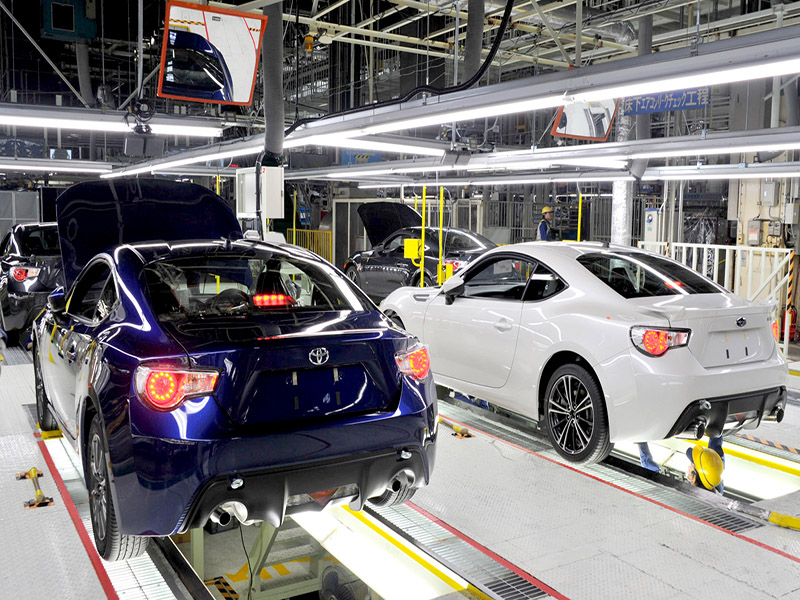Non-destructive testing is to use the characteristics of sound, light, magnetism and electricity to detect whether there is a defect or non-uniformity in the test object without damaging or affecting the performance of the test object, and give the size and location of the defect. , Nature, quantity and other information, and then determine the technical status of the test object (such as qualified or not, remaining life, etc.).
So what is the purpose of non-destructive testing?

(1) Quality management.
The performance and quality level of each product are usually clearly specified in its technical documents, such as technical conditions, specifications, acceptance standards, etc., which are characterized by certain technical quality indicators. One of the main purposes of non-destructive testing is to provide real-time quality control of raw materials and components for discontinuous processing (such as multi-process production) or continuous processing (such as automated production lines), such as controlling the metallurgical quality of materials, the quality of processing technology, Microstructure, thickness of the coating and the size, orientation and distribution of defects. In the process of quality control, the quality information obtained is fed back to the design and technology department, which in turn can promote it to further improve the design and manufacturing process of the product, and the product quality must be consolidated and improved accordingly, thereby reducing The effect of improving production efficiency. Of course, the use of non-destructive testing technology can also control the quality level of raw materials or products within the range of design requirements according to the acceptance criteria. There is no need to increase the quality requirements indefinitely, and even without affecting the design performance, some Defective materials, thereby improving the utilization of social resources and improving economic efficiency.

(2) In-service inspection.
The use of non-destructive testing technology to monitor the device or component during operation, or periodic inspection during the maintenance period, can timely find hidden dangers that affect the continued safe operation of the device or component to prevent accidents. This is of great significance for important large-scale equipment, such as nuclear reactors, bridge construction, railway vehicles, pressure vessels, pipelines, aircraft, rockets, etc., to prevent problems before they occur.
The purpose of in-service testing is not only to timely find and confirm the hidden dangers to the safe operation of the device and eliminate them, but also to determine its location based on the early defects found and their development degree (such as the initiation and development of fatigue cracks). Based on the dimensions, size, shape, orientation, and properties, the device or component can be evaluated for its continued use and its safe operating life. Although the NDT work has just begun in China, it has become an important development direction of NDT technology.

(3) Quality identification.
The final inspection of finished products (including materials and parts) should be carried out before assembly or putting into use. This is the quality appraisal. The purpose is to determine whether the tested object has reached the design performance and whether it can be used safely, that is, to determine whether it is qualified. This is not only the acceptance of the previous processing steps, but also avoids hidden dangers to future use. Apply non-destructive testing technology to check whether materials or components meet the requirements in each (or one or more) processes of casting, forging, welding, heat treatment and cutting, so as to avoid unproductive and unproductive products. machining. This work is generally referred to as quality inspection, and essentially belongs to the scope of quality appraisal. The quality acceptance and appraisal of products before use is very necessary, especially those products that will be used under complicated and harsh conditions (such as high temperature, high pressure, high stress, high cycle load, etc.). In this regard, non-destructive testing technology demonstrates the incomparable superiority of being able to perform 100% inspection.


National Service Hotline
ELT Technology Co., Ltd. All rights reserved
Address: 3rd Floor, Building B, Building 3, Building 2, Guangshen Road, Chaogang Town, Songgang Town, Bao'an District, Shenzhen, China.
Tel: 0755-29411968
Fax: 0755-27330185
E-mail :elt@elt-usa.com
Website: Http://www.bingjunet.cn

Wechat Public Number

Mobile website